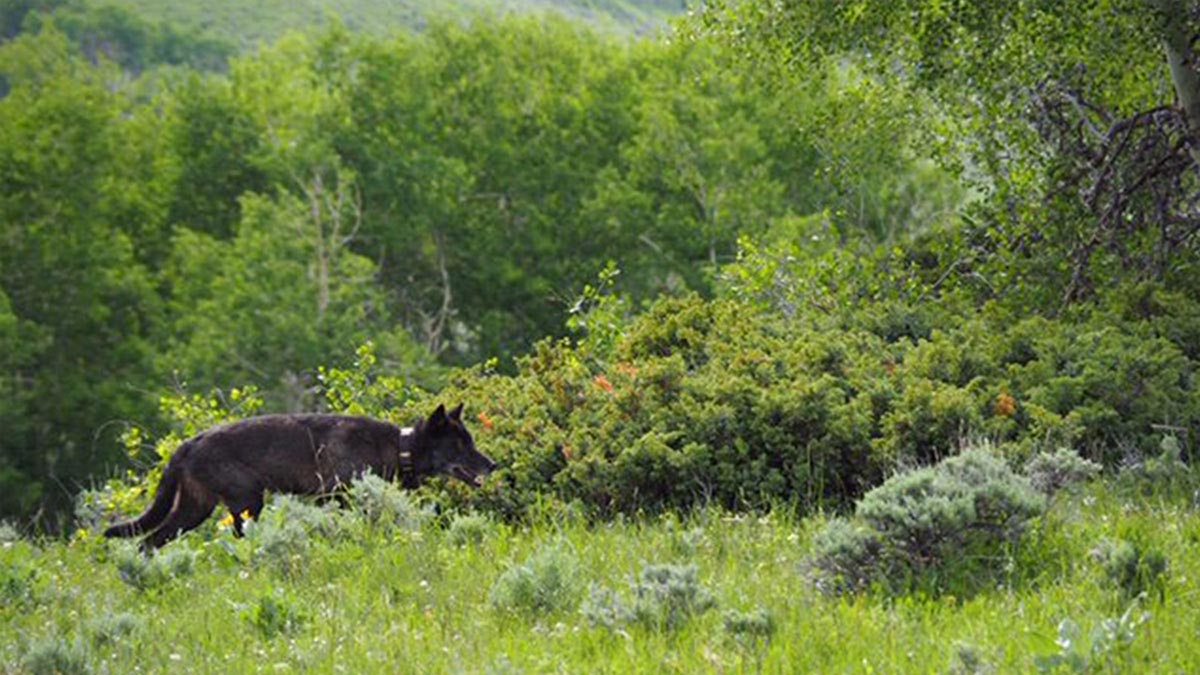Below is an op-ed article printed in the Steamboat Pilot & Today.
Eric Molvar’s op-ed (Opinion: Benefits of wolf reintroduction overshadow imaginary costs) is ironic and inaccurate. Costs of a forced wolf introduction are very real.
A Colorado legislative report reveals costs at nearly $6 million after year-eight of an introduction. Also, proponents gathered more than $1 million from out-of-staters to get the measure on the ballot but offer zero funding to assist with any wolf-related costs. They leave Colorado taxpayers to foot the bill.
One truth Molvar did point out is I’m no biologist. However, thanks to a 24-year journalism career, I know how to research and fact-check. Let’s examine Mr. Molvar’s “facts.”
He claims the initiative is science-based yet it circumvents the world’s foremost scientists on Colorado wildlife management at Colorado Parks and Wildlife, and puts the decision into the hands of citizens unfamiliar with the issue’s intricacies. This “ballot box biology” flies in the face of nationwide professional scientific wildlife management practices.
Molvar claims wolves “provide a measure of defense against chronic wasting disease.” Absolutely untrue! Renowned wolf researcher David Mech warned against sanctifying the wolf and stated any claims wolves stop or slow the spread of CWD are merely speculation. There are also approximately 30 wolf packs within 50 miles of the northwest Montana town of Libby where CWD was first detected in early 2019. By July, there were five confirmed samples. By January 2020, there were 64 CWD-positive samples, so despite the concentrated presence of wolves, CWD is spreading.
Molvar claims wolves changed Yellowstone’s ecological landscape. Mech said, “…any such cascading effects of wolves found in National Parks would have little relevance to most of the wolf range.” 2010 research conducted at the same location as original trophic cascade studies refutes the theory. Arthur Middleton, UC Berkeley assistant professor of wildlife management and policy, said, “It’s not true.” In addition, 2019 research questions whether introducing predators has any effect whatsoever on ecosystems.
Molvar claims there are no facts to support livestock/pet depredation. 2019 marks the third consecutive year the Montana Livestock Loss Board paid out a record amount ($247,000) for livestock killed by predators – wolves, grizzlies and mountain lions. Pet losses are unknown, but I know four people who had dogs attacked by wolves – three of them taken right off back porches. I know four others who had wolves in their nearby horse and cattle pens.
Molvar assumes wolves will remain in western Colorado and there will be little human conflict. Bullfeathers! Wolves will follow elk (their favorite meal) and spread to Estes Park, Rocky Mountain National Park and statewide. The mid-1990s central Idaho release of 35 wolves since spread statewide (1,500 last summer), Montana, (900 wolves) Washington (126 wolves), Oregon (137) and are as far as 600 miles away in northern California.
Mexican wolf recovery scientists in Arizona/New Mexico fear a Colorado gray wolf introduction will lead to the genetic extinction of that species.
Molvar heads up Idaho-based and anti-grazing/anti-ranching Western Watersheds Project (WWP). WWP and partners WildEarth Guardians (WG) and Center for Biological Diversity (CBD) use the wolf as a fundraising “cash cow.” Department of Justice data shows the federal government defended 570 Endangered Species Act-related lawsuits from 2009-2012 costing U.S. taxpayers $15 million in attorney fees. WWP, WG and CBD pocketed more than $3 million from 193 cases. Northern Rockies’ wolves met recovery goals in 2000 yet litigation by these groups (and others) strung things out until 2011 when a congressional fix finally allowed states to manage wolves. The same will happen in Colorado.
Mr. Molvar, the costs are very real.
Mark Holyoak is director of communication for the Rocky Mountain Elk Foundation.
(Photo source: Colorado Parks and Wildlife)
